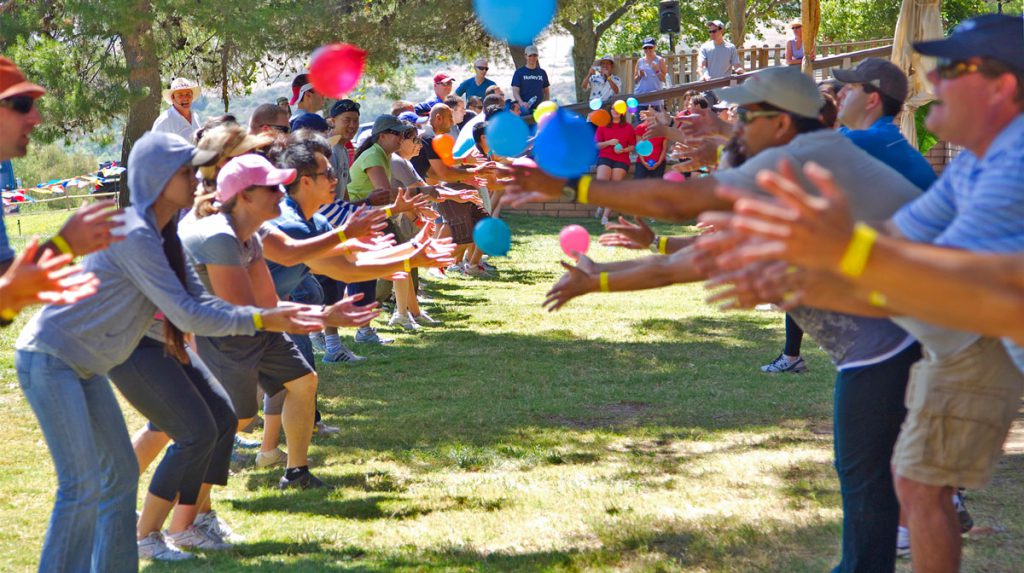Transforming Interaction Via the Seamless Integration of Virtual Experiences and Face-to-Face Interactions in Blended Events
Blended gatherings are growing increasingly common as they merge the finest elements of both physical and virtual encounters. This innovative method allows participants to engage with content and one another in ways that were not feasible before. By incorporating virtual technology into these events, planners can create immersive encounters that enhance involvement and interaction. This seamless blend of virtual and real-world elements can lead to more significant relationships among attendees, whether they are there in person or participating remotely.
One of the key advantages of using virtual technology in hybrid gatherings is the capability to create a common environment for all attendees. In a traditional format, in-person participants might have access to specific activities or experiences that virtual participants cannot experience. However, with VR, everyone can explore the same digital environment, regardless of their position. This technology allows for interactive displays, virtual connecting opportunities, and even game-like experiences that can captivate viewers. As a result, participants feel more included and engaged, leading to a more fulfilling overall experience.
Moreover, VR reality can help overcome obstacles that often occur in hybrid events. For example, remote attendees may feel isolated or removed from the main gathering. By incorporating VR, planners can create a sense of involvement that makes remote attendees feel as if they are part of the event. This can be achieved through elements like digital avatars, which allow participants to interact with one another in live. Such interactions can foster cooperation and networking, making it simpler for people to connect and exchange thoughts, regardless of their physical position.
In addition to enhancing involvement, the use of VR technology in blended gatherings can also provide important insights and information for planners. By monitoring participant interactions and behaviors within the digital space, gathering organizers can collect data on what elements of the gathering were most captivating. This information can be used to enhance upcoming gatherings, ensuring that they satisfy the requirements and preferences of participants. Understanding how attendees engage with both the original site virtual and in-person elements can lead to more effective event strategies and better overall experiences.
Finally, the combination of virtual technology and physical engagements in hybrid events represents a significant change in how we approach meetings and conventions. As innovation continues to advance, the capability for creating engaging and dynamic experiences will only increase. By embracing this new framework, gathering planners can revolutionize the way individuals engage, learn, and collaborate. The future of blended events is bright, and the seamless combination of virtual technology will play a key part in defining that prospect.